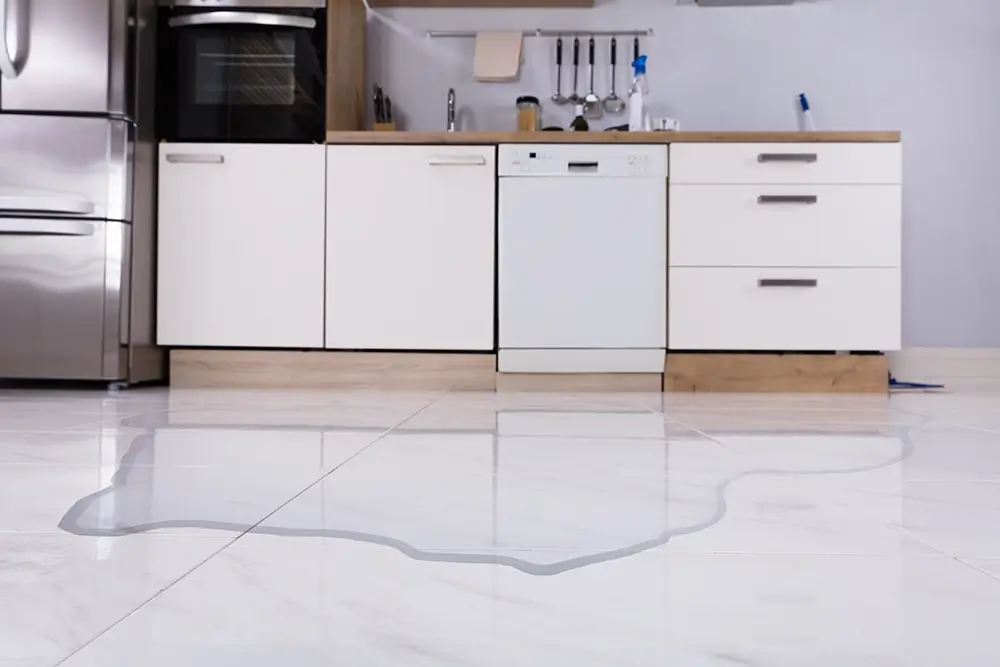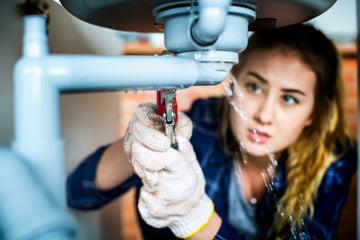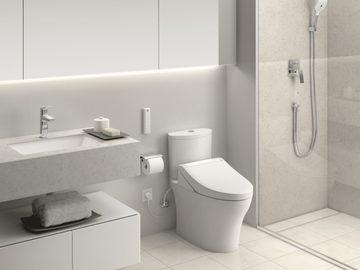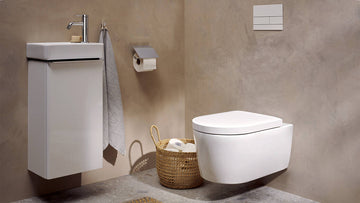In today's fast-paced industrial world, maintaining efficiency and minimizing waste are top priorities for businesses aiming for sustainability. One critical aspect that significantly affects a company's operational efficiency is its ability to detect and manage leaks effectively. An energy-efficient leak detector is not only a smart technological advancement but also a vital tool for industries striving to conserve energy and reduce waste.
The integration of an energy-efficient leak detector into industrial settings offers numerous benefits. These detectors are designed to optimize energy consumption and provide accurate leak detection, ultimately saving companies from potential financial losses and environmental impacts. But what exactly makes these detectors so essential, and how can industries implement them effectively?

The Importance of Energy-Efficient Leak Detectors
In industrial environments, leaks can occur in various forms from water and air leaks to gas emissions. Each type of leak presents its own set of challenges and consequences. For instance, undetected water leaks can lead to significant water wastage, structural damage, and increased costs. Similarly, gas leaks pose severe safety risks and contribute to environmental pollution.
Implementing energy-efficient leak detectors addresses these issues head-on. These devices use cutting-edge technology to identify leaks early, thereby preventing potential disasters and helping industries maintain their sustainability goals. Furthermore, they aid in ensuring regulatory compliance, a crucial aspect for industries operating under strict environmental and safety guidelines.
Smart Technology Integration
One of the key features of modern energy-efficient leak detectors is their integration with smart technology. These detectors are often equipped with sensors that can be connected to a comprehensive monitoring system. This system allows for real-time data collection and analysis, enabling industry professionals to respond swiftly to any detected leaks.
For example, implementing a surface mount leak alarm or a smart pipe leak detection system can revolutionize how leaks are managed in industrial settings. These systems not only provide instant alerts but also offer insights into leak patterns, helping industries develop proactive maintenance strategies.
Reducing Energy Consumption
An essential aspect of using energy-efficient leak detectors is their ability to reduce energy consumption. By quickly detecting leaks, these devices help prevent unnecessary energy waste, which is crucial for industries focused on sustainability. Energy conservation measures not only lower operational costs but also contribute to a company's overall environmental responsibility.
Moreover, certain detectors, such as USB-powered leak sensors, are designed to consume minimal energy themselves. This characteristic ensures that the implementation of these detectors does not add significant energy overhead, keeping the focus on conservation.
Implementing Energy-Efficient Leak Detectors in Industry
For industries looking to enhance their leak management systems, the adoption of energy-efficient leak detectors can be a game changer. Here are some steps to consider when integrating these detectors into your operations:
Assessing Current Leak Management Systems
The first step to implementing energy-efficient leak detectors is to assess your current leak management systems. Evaluate where existing leaks are likely to occur and understand the limitations of current detection methods. This analysis will guide you in selecting the most suitable detectors for your specific needs.
Consider consulting experts or partnering with companies that specialize in leak detection technology. For instance, AI in Water Management offers insights into optimizing water usage and managing leaks effectively.
Choosing the Right Technology
Once you have assessed your needs, the next step is selecting the right energy-efficient leak detectors for your industry. Options range from low-energy water leak detectors to more sophisticated smart systems. Consider the technology's ease of integration with existing systems, its ability to provide real-time data, and its track record of reliability.
Collaboration with a reputable provider can simplify this process. Companies like Bluebot offer a variety of smart leak detection solutions that ensure optimal performance.
Training and Monitoring
The successful implementation of energy-efficient leak detectors also depends on proper training and monitoring. Ensure that your staff is well-trained in using the new technology and understands how to respond to alerts. Regular monitoring and maintenance will extend the lifespan of these devices and maintain high efficiency in leak management.
Adopting an integrated system as outlined in articles like Smart Leak Detector Prevent Water Damage can streamline training and monitoring processes by providing step-by-step guidance.
Conclusion
Incorporating an energy-efficient leak detector into your industrial operations is a strategic move towards sustainability and efficiency. By leveraging smart technology, these detectors offer real-time solutions that help industries reduce energy consumption, prevent potential hazards, and adhere to stringent regulations. Embracing such innovations not only fosters a safer working environment but also supports the global initiative towards green technology and environmental conservation.

Faq Section
Q1: How do energy-efficient leak detectors work?
A: Energy-efficient leak detectors employ sensors that identify changes in moisture, pressure, or gas levels. These sensors send real-time alerts to a connected monitoring system, allowing for swift leak management.
Q2: What are the benefits of using an energy-efficient leak detector?
A: The benefits include reduced energy consumption, early leak detection, compliance with safety regulations, cost savings, and environmental protection.
Q3: How can industries effectively implement these leak detectors?
A: Industries can implement these detectors by assessing current systems, choosing appropriate technology, and ensuring proper staff training for monitoring and maintenance.






